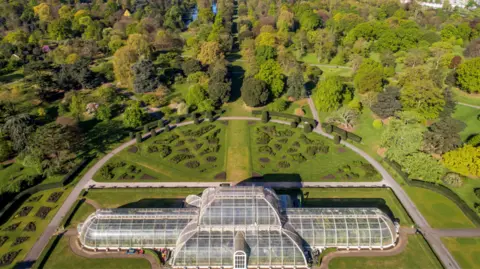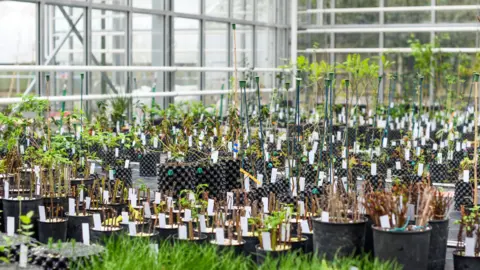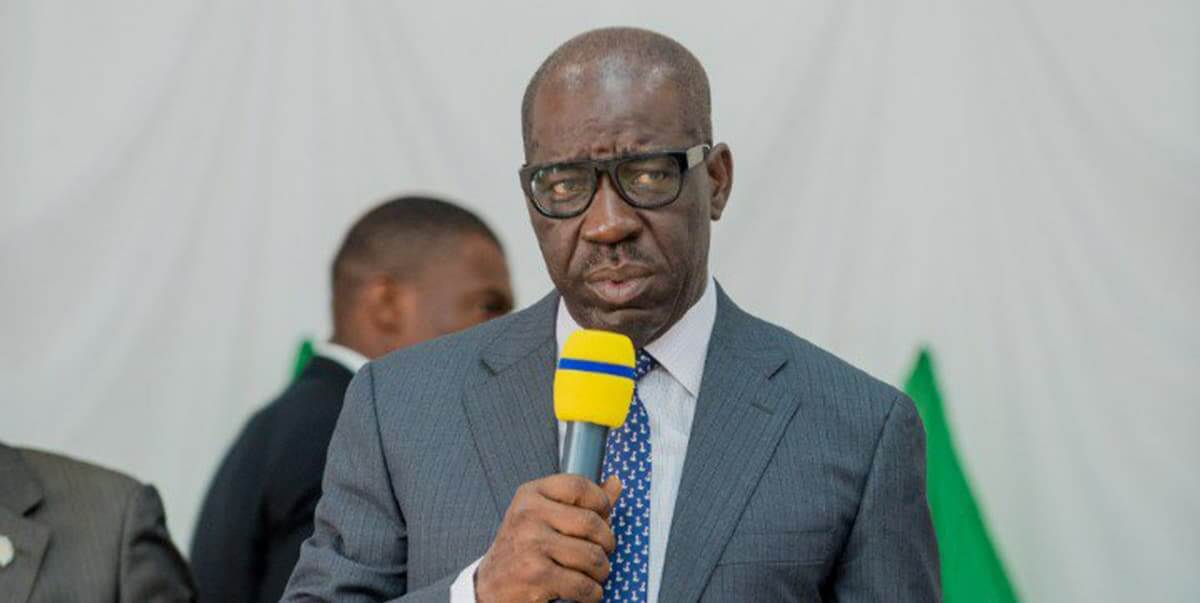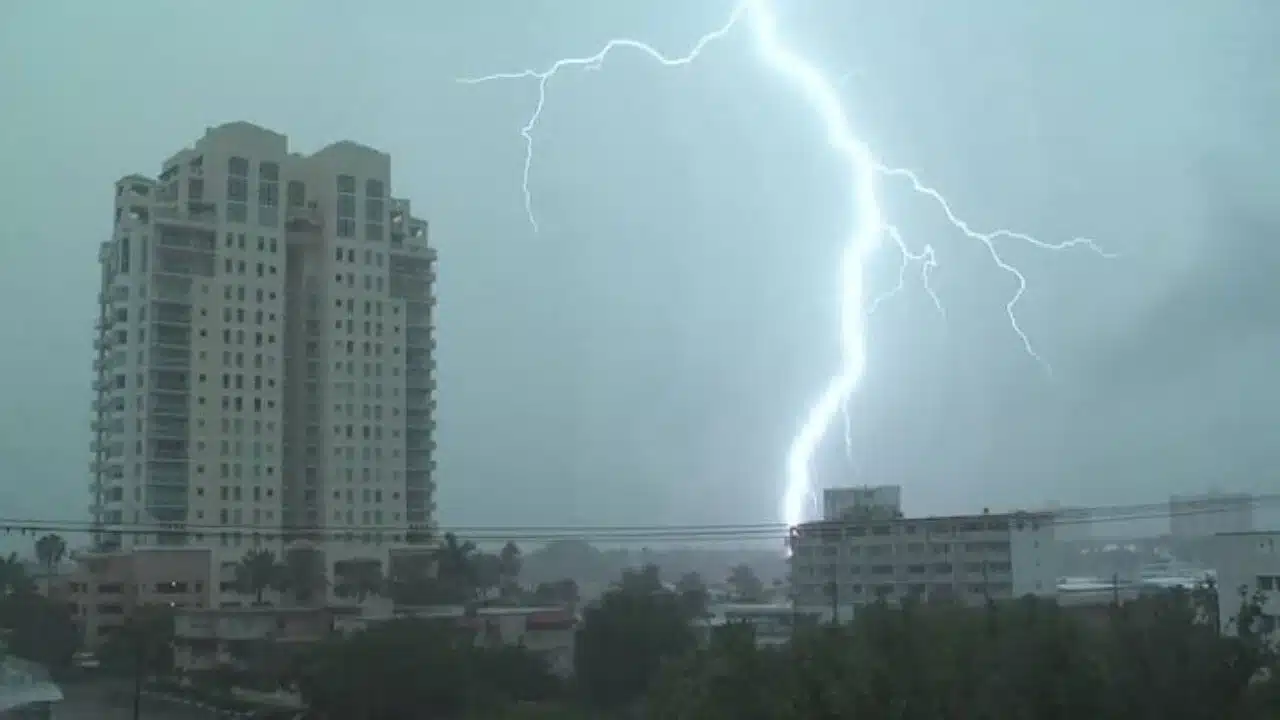1 hour ago
By Aurelia Foster, BBC News

 RBG Kew
RBG Kew
More than 11,000 native and foreign species currently grow at the world-famous 320-acre site in west London
More than half of Kew Gardens' 11,000 trees could could be at risk before the end of the century due to the effects of climate change, its scientists have warned.
These could include English oak, beech, silver birch and holly trees, which they say could be vulnerable to warmer temperatures and longer dry spells.
They say they have already started trying to replace them by planting more species currently found in warmer countries in southern Europe, Asia and Central America.
This means the world-famous site in west London "will certainly look different" by then, one of its curators says.
In a new report, Planting for the Future, researchers say species such as fagres' fir, Iberian alder, cherry hackberry and Montezuma's pine are among those that are likely to withstand our projected climate conditions and could be planted there.
Simon Toomer, curator for living collections at Royal Botanic Gardens (RBG) Kew told BBC News the gardens will look different in 50-80 years' time.
However, he said it would remain recognisable: "I think there will be some really quite novel species that people that associate with glasshouses at the moment.
"You know, there might be a few more palms in the in the landscape where they are drought tolerant, but there will also be a real familiarity.
"And that's because a lot of the species that were planted, you know, even back in Victorian times were plants from around the Mediterranean."
However, the authors believe that some native species, such as oak and birch, are likely to remain resilient if the seeds are sourced from countries with warmer and drier climates.
RBG Kew scientists have already started this work, making trips to countries such as Romania and Serbia, Mr Toomer said.

 RBG Kew
RBG Kew
Horticulturalists at Kew have already begun planting species of tree they believe will withstand projected climate conditions
'Urgent need' for UK-wide plan
The report follows the loss of more than 400 trees Kew Gardens as a result of the drought in 2002. This was in comparison with an average annual loss of about 30 trees.
This prolonged dry spell experienced by parts of the UK was the type of event that scientists warn we will experience more often, as the global temperature rises, due to greenhouse emissions.
Scientists at RBG Kew have been using modelling which looks at Kew's weather station data, climate projections, global tree data and details of the current collection, as well as empirical testing. They say the result of this study suggested 54% of trees at Kew could be vulnerable by 2090.
The results of additional modelling were more optimistic, suggesting about a third of Kew's trees would be at risk.
In both scenarios, Kew's "Old Lions" - five of the oldest trees at the site - are expected to thrive.
The RBG Kew believes there is an "urgent need" for this type of plan to be adopted nationally across all parks and urbans spaces to protect the UK landscapes for the future.
Richard Barley, a director at RBG Kew said the "succession plan" drawn up was a "broad call to diversify the plants we select for our landscapes".
"By focusing on resilience and adaptability we hope to show it is possible to mitigate the severe impacts of climate change in both urban spaces and gardens such as Kew."

 2 months ago
62
2 months ago
62















 English (US) ·
English (US) ·